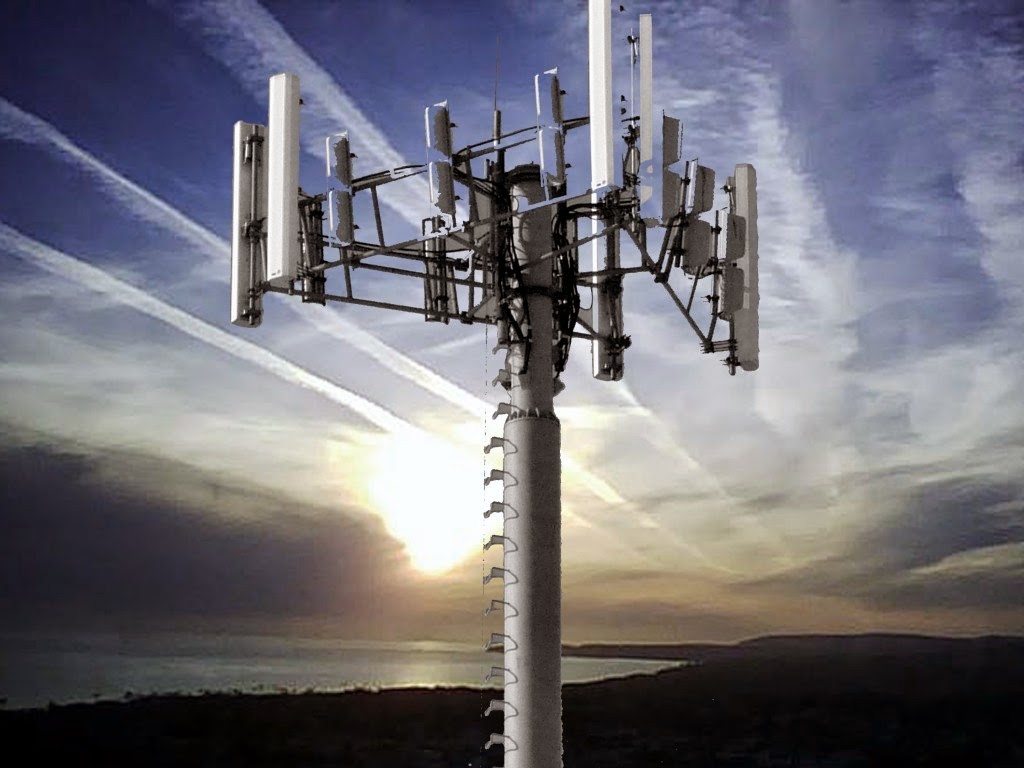If you've ever walked through a town you might have noticed tiny 5G cell towers on the poles of street lights. They look like small boxes however, they're actually transmitting wireless signals from mobile providers to your mobile.
These smaller towers are replacing the larger built cell towers. While they're less noticeable however, they could create problems for those who live nearby.
It is the FCC's Radiation Exposure Thresholds
The FCC's Radiation Exposure Thresholds define the safe distance that one can expose to electromagnetic energy generated by wireless devices. The limits of exposure are based on research which prove that electromagnetic energy can cause harm to health.
what is a safe distance from a 5g cell tower (SAR) is an indication of the radiofrequency energy absorbed by tissue. It's typically 1.6 Watts per kilogram averaged over one Gram of tissue.
Since 5g is able to transmit at higher frequencies and has the potential to cause greater energy intensity on the skin and other exposed body parts. This can lead to various potential problems, including an increased the development of skin conditions such as dermatitis, skin cancer and cataracts.
Due to the potential for severe effects of 5g radiation, PSU has chosen to set a general localized power density limit of 4 mW/cm2 averaged over 1 cm2, and not to exceed 30 minutes for all 5G services running at 3000 GHz. This localized limit is in accordance with the peak spatial-average SAR of 1.6 W/kg, which is averaged over 1 5 grams of body tissue, at 6 GHz.
The FCC's Maximum Exposure Thresholds
In the event that you've used cell phone, then you've probably realized that a safe distance from the tower should be at least 400 meters away. This is due to the power of transmission from a cell tower increases dramatically the farther the tower is.
While it sounds like a good idea but the truth is that people who live close to towers may actually be more susceptible to health issues. For example, a study from 2014 in India found that residents who lived within 50m of cell towers had significant more health issues than those who were away from the antennas.
But, safe distance from cell tower revealed that those who relocated to areas that were further from cell towers noticed their symptoms return to normal within a couple of days. Other studies have revealed that exposure to high amounts of electromagnetic field radiofrequency (EMFs) can cause cancer, brain tumors and other health issues.
This is due to the fact that radiofrequency radiation, used in wireless communication can be absorbed by the body's outer layer, the skin. This is important to understand because the skin acts as a shield against injuries caused by mechanical forces, infections by pathogenic microorganisms, and the entry of harmful substances. The skin is the most important organ in the human body and is accountable for protecting other organs.
The FCC's Minimum Exposure Thresholds for the Minimum Exposure
The FCC's Minimum Exposure Thresholds rely on various assumptions that aren't supported by scientific evidence. This includes the false belief that exposures to RF radiation is safe because of the minimal radiation penetration in the human body (i.e. thermal heating of tissue).
This assumption does not take into account the deeper penetration of the ELF elements of modulated radio signals, as well as the effects of brief bursts of heat from pulsed RF waves. These assumptions do not correspond with current understanding of the biological effects of RF radiation, and thus they shouldn't be considered for health protection exposure guidelines.
In what is a safe distance from a 5g cell tower to that, ICNIRP and FCC are limiting the maximum limits of exposure to peak local SARs, based on the peak spatial specific absorption rate (psSAR) that is not a sufficient dosimetric tool to determine the degree of radiation exposure. In particular the psSAR tool is not accurate for frequencies above 6 GHz. Furthermore, psSAR has not been evaluated for RF radiation with co-exposure to other environmental agents such like sunlight. In the event of interactions, RF radiations with different environmental agents may cause synergistic or antagonistic results. This could result in an increased risk of negative health effects. For instance, exposure to RF radiation along with exposure to sunlight can increase the risk of skin cancer and exacerbate other skin diseases such as acne.

